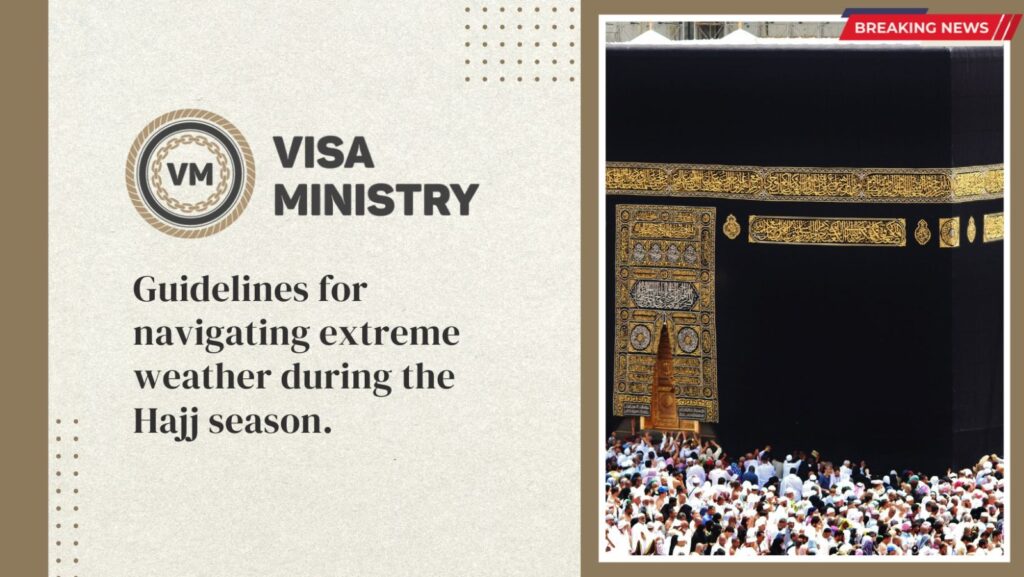The pilgrimage, which will occur in Saudi Arabia from 26 June to 1 July, is anticipated to attract two million participants. As age and travel restrictions are lifted, it is anticipated that the number of pilgrims travelling to Saudi Arabia will return to its pre-pandemic levels. The country has established operational procedures to accommodate the increase in travellers entering the kingdom. As this year’s Hajj season takes place during the summer, pilgrims can anticipate experiencing high temperatures and humidity. Therefore, International SOS advises businesses to encourage their employees to take the necessary precautions for a safe and healthy Hajj.
Dr. Marie Louise Van-Eck, Regional Medical Director for International SOS in Dubai, advises, “Our bodies are naturally designed to maintain a temperature of approximately 37°C (98.6°F).” The body automatically maintains a balance between heat gain and heat loss; however, if it is unable to effectively cool down, the interior “core” temperature can rise to potentially lethal levels. This results in the degeneration of bodily systems. Even strong and healthy individuals are susceptible to heat exhaustion. Certain individuals are at a greater risk than others, including young children/babies, pregnant/nursing mothers, the elderly, and those with medical conditions; therefore, it is essential to keep a close watch on these individuals.
The good news is that heat-related maladies can be prevented. In order to combat the challenges of extreme heat during the hot season, it is essential for pilgrims to maintain appropriate hydration by consuming copious amounts of water. As they contribute to dehydration, excessive consumption of caffeine and saccharine beverages should be avoided. Wearing loose-fitting, lightweight, and preferably light-colored garments allows the body to breathe and remain cool. Pilgrims should safeguard their head and face with a hat or umbrella and frequently reapply sunscreen. It is recommended to take frequent pauses to rest in cool shaded areas and to avoid direct exposure to the sun, particularly between 10 a.m. and 4 p.m. Pilgrims should heed to their bodies and refrain from overexerting themselves. Lastly, it is imperative that pilgrims comply with all health regulations and practise excellent hygiene to avoid prevalent diseases such as Middle East Respiratory Syndrome Coronavirus (MERS-CoV).
Udit Mehta, Executive Vice President at International SOS, stated, “It is crucial for devotees performing Hajj to comply with all directives issued by local authorities in Saudi Arabia and home country government officials. All necessary approvals should be obtained prior to departure, and the use of a reputable provider with experience in facilitating pilgrimage excursions is strongly advised. Typically, religious gatherings such as the Hajj are accompanied by large groups, which can pose unique challenges requiring mitigating measures. Those visiting Saudi Arabia for purposes other than Hajj are advised to take note and adhere to all local customs, as religious and cultural tensions are likely to be heightened during this time. Enhanced caution is advised, particularly in densely populated areas, and the need to comply with all government directives is emphasised. In addition to preparing for potential travel disruptions, visitors should plan flexible itineraries to accommodate increased infrastructure demand. Allowing additional time to transit through airports in Saudi Arabia is essential, in addition to general flexibility considerations when travelling to the country during this period.”
Source: traveldailymedia

